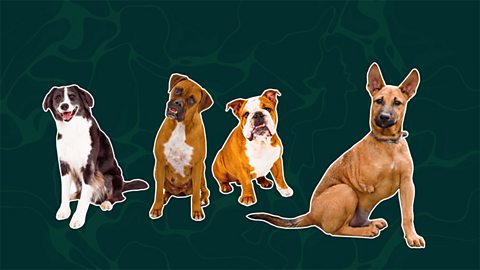Key points
- Charles Darwin conceived the theory of evolution.
- Jennifer Doudna and colleagues discovered how to change genetic code itself.
How did they make these astonishing breakthroughs? It was their ability to “think like scientists”…
Video
Darwin v Doudna: A video about Charles Darwin and Jennifer Doudna. Who was the more controversial scientist?
Darwin
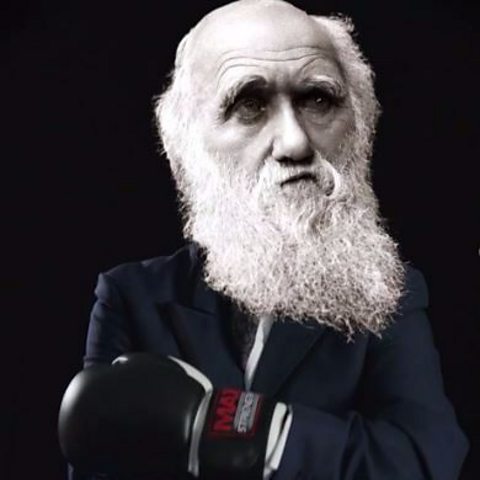
In 1831, aged 22, Charles Darwin set off on a five-year voyage around the world. He was fascinated by the variety and distribution of wildlife and fossils he discovered. After much thought, Darwin devised the theory of natural selection to explain his observations. The theory proposes that:
- Individuals of a species that are best adapted to their environment survive. This is the survival of the fittest.
- The survivors reproduce and pass on their favourable characteristics to their offspring. This is natural selection.
- Over many generations, natural selection results in new species.
Darwin’s ideas were controversial at the time. evolutionThe process by which small changes in organisms occur over long periods of time and new species are formed. challenged the dominant view that God created the animals and plants. Today, the theory of evolution is broadly accepted amongst scientists, but some religious people still challenge the theory.

Doudna
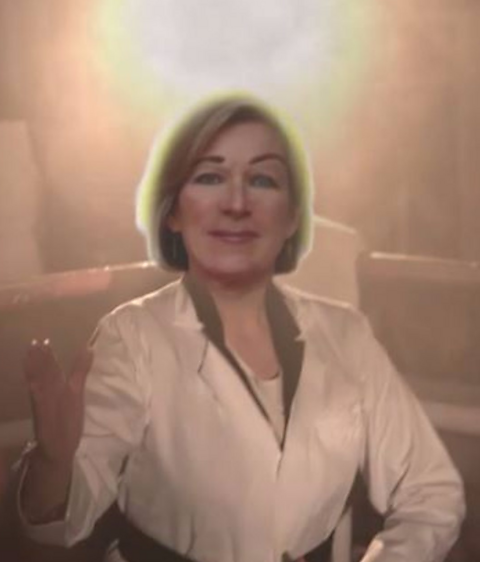
Jennifer Doudna was born in 1964. She worked with others to create a gene-editing technique called CRISPR.
- CRISPR allows scientists to cut geneA small section of DNA that gives a characteristic. out of DNA molecules, or even to add new ones.
- CRISPR could be used to treat inherited diseases (such as sickle cell anaemia and Huntingdon’s disease) or to delete genes that cause diseases from food crops.
- The technique could enable scientists to control the future of human evolution.
Doudna knows that her work is controversial and has openly discussed its ethical consequences. Nobody knows where it will lead.

Think like a scientist
New scientific discoveries are made all the time. A discovery may start with a surprising ObservationSomething that can be seen happening. or a scientific question. The scientist may then work alone, or with others, to create a hypothesisAn idea about how something works that can be tested using experiments.. A hypothesis is a possible explanation based on limited evidence.
The scientist will then test their hypothesis. They do this by carrying out an experiment (or making observations) to collect evidence. The scientist then analyses the evidence and uses it to come up with a conclusionAn explanation of why or how something happens.
The scientist will consider the strength of the conclusion and may then tell other scientists about their findings.
Find out more about working scientifically and doing experiemnts.
Test your knowledge
GCSE exam dates 2025
Find out everything you need to know about the 2025 GCSE exams including dates, timetables and changes to exams to get your revision in shape.

More on Inheritance and genetics
Find out more by working through a topic
- count11 of 11

- count1 of 11
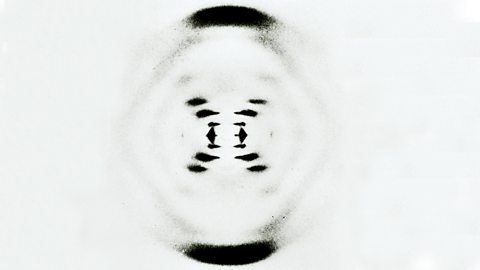
- count2 of 11
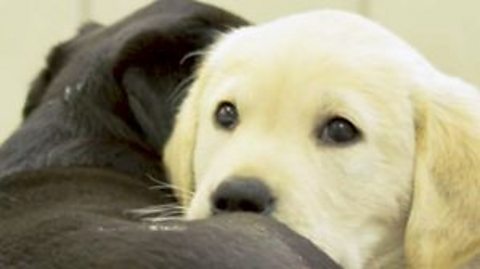
- count3 of 11
